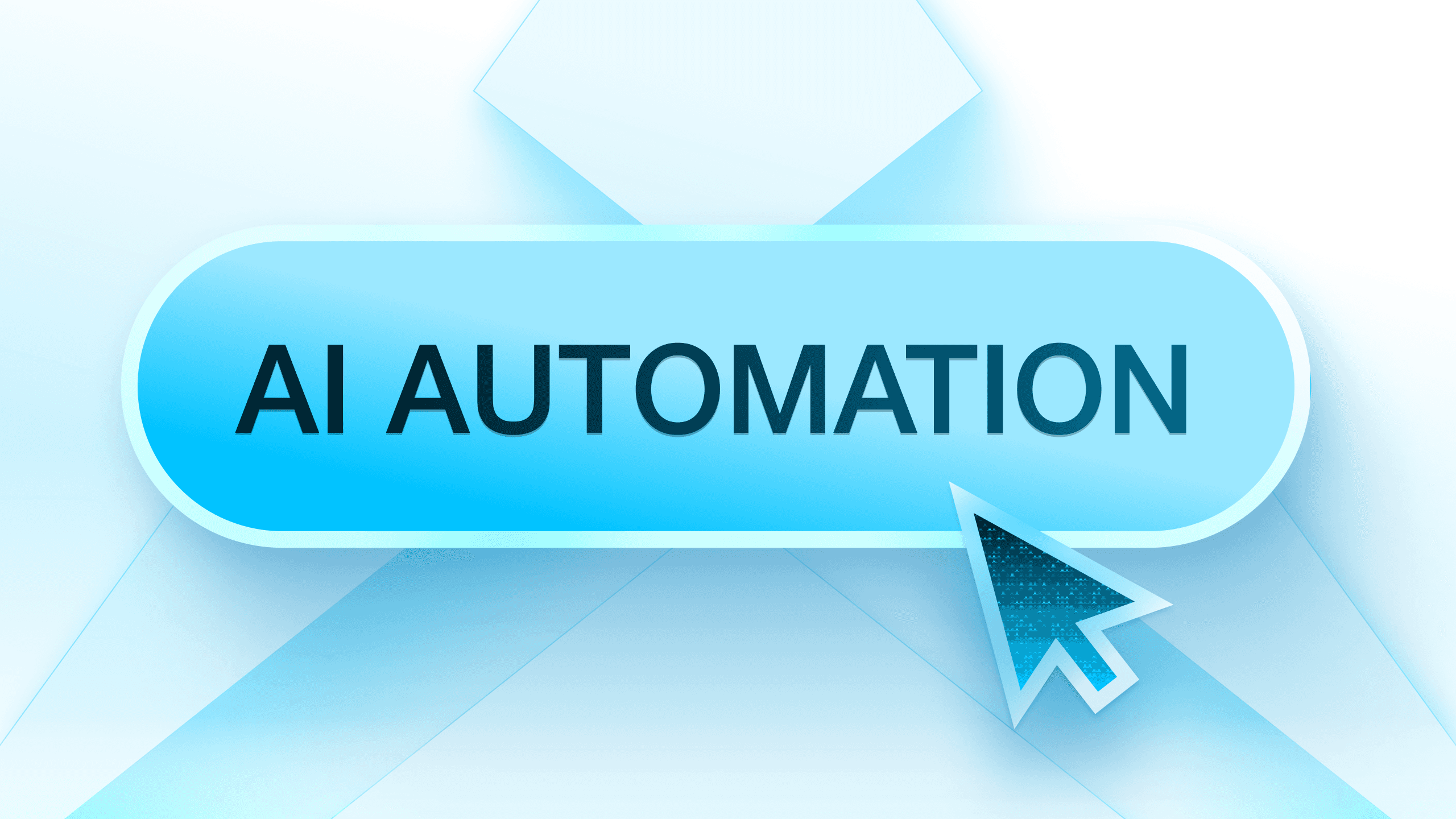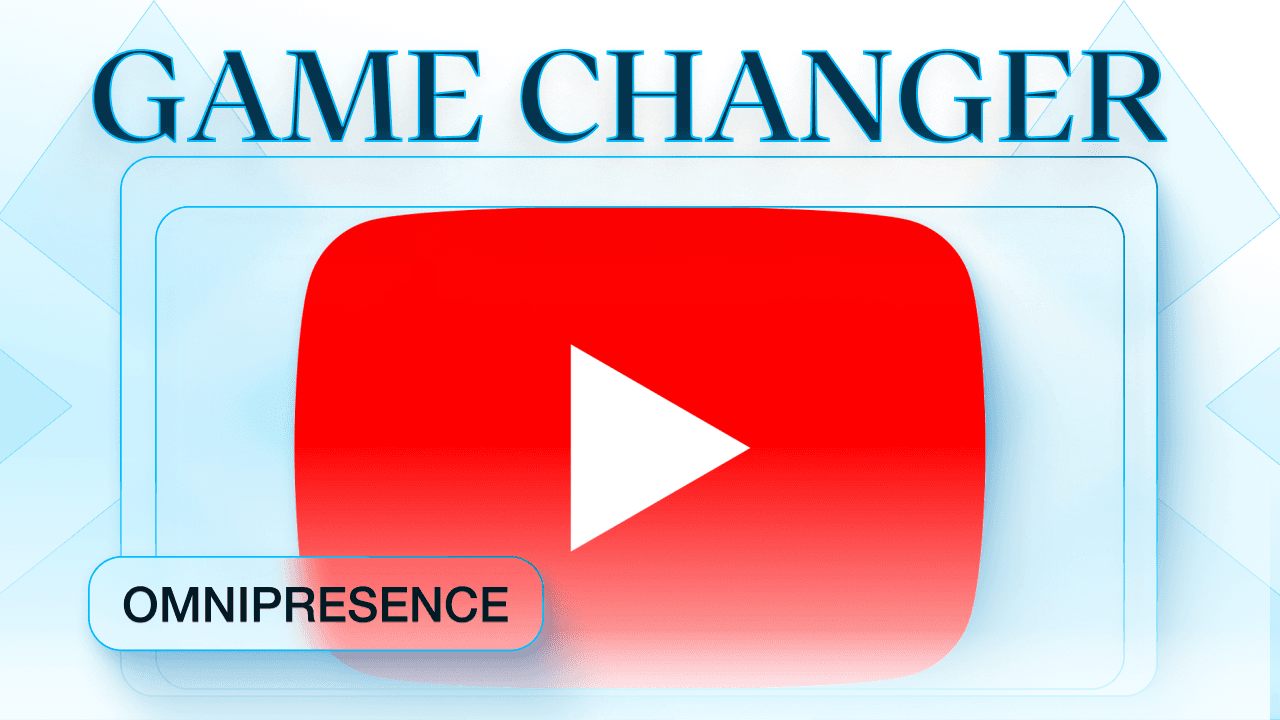By integrating AI into sales and marketing, companies can cut costs, increase efficiency, and scale revenue without increasing headcount. Traditional agencies rely on manual labor, but AI-driven businesses use technology to eliminate repetitive tasks, speed up operations, and improve conversions.
Why Traditional Sales & Marketing Models Are Failing
Most businesses still operate with outdated processes that lead to inefficiencies:
High labor costs, with salaries, benefits, and overhead eating into margins
Manual, repetitive tasks that slow down workflows and introduce human error
Heavy reliance on human input for lead generation, sales follow-ups, and campaign management
The result is lower profit margins and slower growth. To stay competitive, companies need to rethink their approach and embrace automation.
How AI Automates Sales & Marketing Workflows
AI-powered tools now handle tasks that once required large teams, making sales and marketing more cost-effective and scalable. Here are some practical ways businesses are using AI to automate critical processes.
Automating Lead Generation & Prospecting
Traditionally, sales teams spend hours researching leads, sending cold emails, and following up manually. This is slow and inefficient. AI-driven prospecting tools can fully automate this process.
Lead scraping tools like Apollo, Clay, and Phantombuster gather verified contact information, eliminating the need for manual research. AI-powered email outreach platforms like Lemlist, Instantly, and Smartlead send personalized cold emails at scale and handle follow-ups based on engagement. AI chatbots like Drift and HubSpot engage website visitors, qualify leads, and schedule meetings without human intervention.
A company that replaced its manual lead generation with an AI-driven system reduced its SDR costs by over $150,000 per year while increasing outbound success rates.
AI for Ad Creation & Optimization
Creating, testing, and optimizing ads is a time-consuming process. Traditionally, marketers manually write copy, design creatives, and run A/B tests. AI tools now automate this entire workflow.
AI copy generators like AdCreative, Jasper, and Copy.ai produce high-converting ad text in seconds. AI-powered design tools like Runway ML and Canva AI create ad creatives without the need for a design team. Automated campaign management tools like Revealbot and Meta Advantage+ continuously adjust budgets, targeting, and ad creatives based on real-time performance data.
A DTC brand that switched to AI-driven ad optimization reduced customer acquisition costs by 30% and saved over 40 hours per month in ad management.
Automating Sales Calls & Follow-Ups
Sales teams often waste time manually booking meetings, taking notes, and following up with prospects. AI-powered tools now handle these tasks seamlessly.
Scheduling assistants like Calendly, Chili Piper, and Clara automatically book meetings and send reminders. AI transcription tools like Gong and Fireflies analyze sales calls, summarize key points, and suggest follow-up actions. CRM automation tools like Close and HubSpot sequences send follow-ups based on prospect behavior, ensuring no leads are lost.
A B2B SaaS company that automated its lead response process reduced follow-up time from 24 hours to under five minutes, increasing its close rate by 35%.
AI-Driven Content Marketing
Producing high-quality content consistently is challenging and time-consuming. AI simplifies this process by automating research, writing, and distribution.
AI content generators like ChatGPT, Jasper, and Koala produce blog posts, social media updates, and product descriptions in minutes. SEO tools like SurferSEO and Clearscope ensure content ranks well by optimizing for relevant keywords. Social media automation platforms like Hootsuite and Buffer schedule and distribute content across multiple channels.
A digital agency that implemented AI-driven content creation cut writing time by 70% while tripling its organic traffic.
Why AI Automation Is No Longer Optional
Many businesses assume AI automation is only for large corporations, but no-code and AI tools now make it accessible to everyone. Low-code automation platforms like Zapier, Make, and n8n allow businesses to connect tools and automate workflows without technical expertise. AI models like ChatGPT, Gemini, and Claude automate customer service, sales, and marketing tasks. API integrations with platforms like Meta, Google Ads, and LinkedIn enable fully automated ad management.
Companies that fail to adopt AI-driven automation will struggle to stay competitive in the next two to three years. The businesses that embrace AI will see higher profit margins, faster growth, and a leaner cost structure.
How to Implement AI Automation in Your Business
Identify bottlenecks where manual work slows down processes
Select AI tools that can replace or optimize those tasks
Start with small automations, such as lead follow-ups or content scheduling
Expand gradually to cover more areas of sales, marketing, and operations
Conclusion
The shift toward AI-driven automation isn’t just a competitive advantage - it’s becoming a necessity. Businesses that take action now will position themselves for long-term success, operating more efficiently while increasing revenue. We build the accurate data foundation and your Marketing & Sales AI Automation Engine so you can focus on what matters the most: closing deals. Book your strategy call today: APEX 15-Min Strategy Call

Jousef Murad
Founder of APEX




